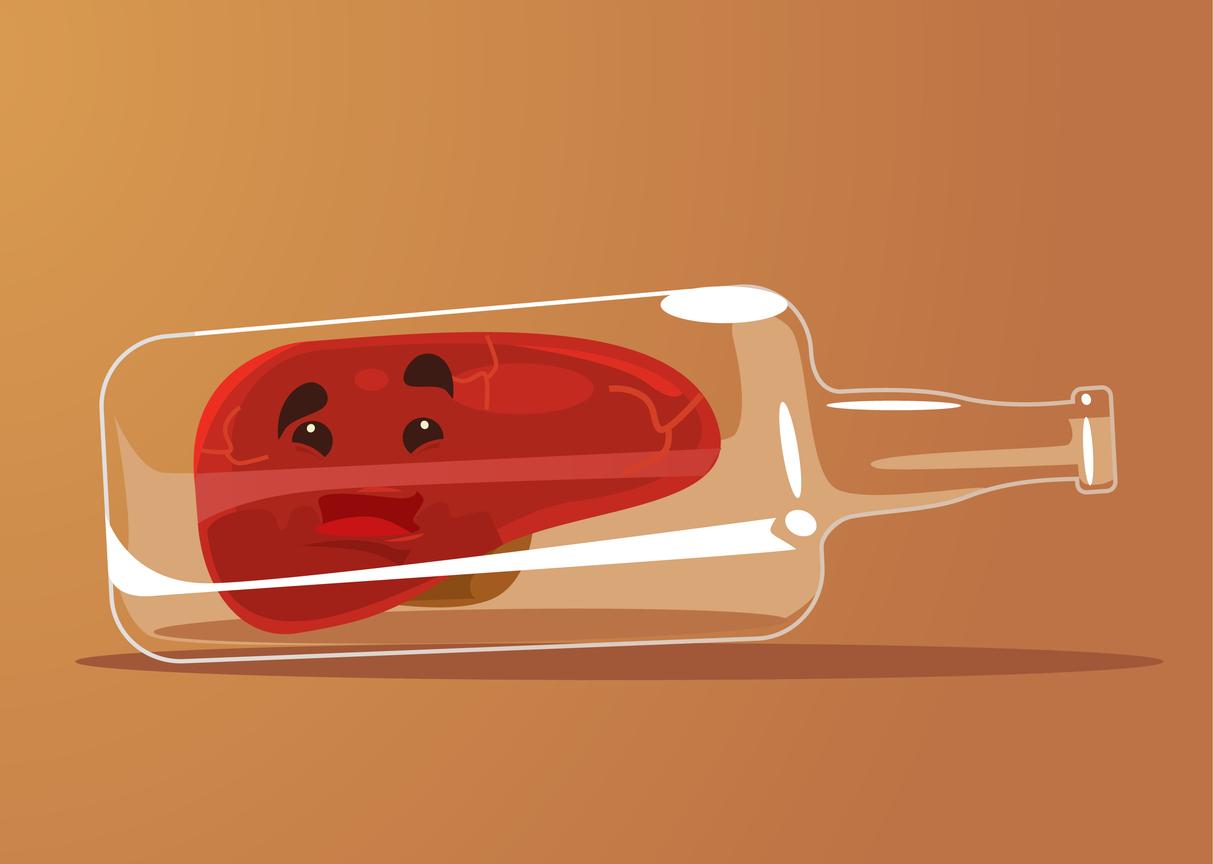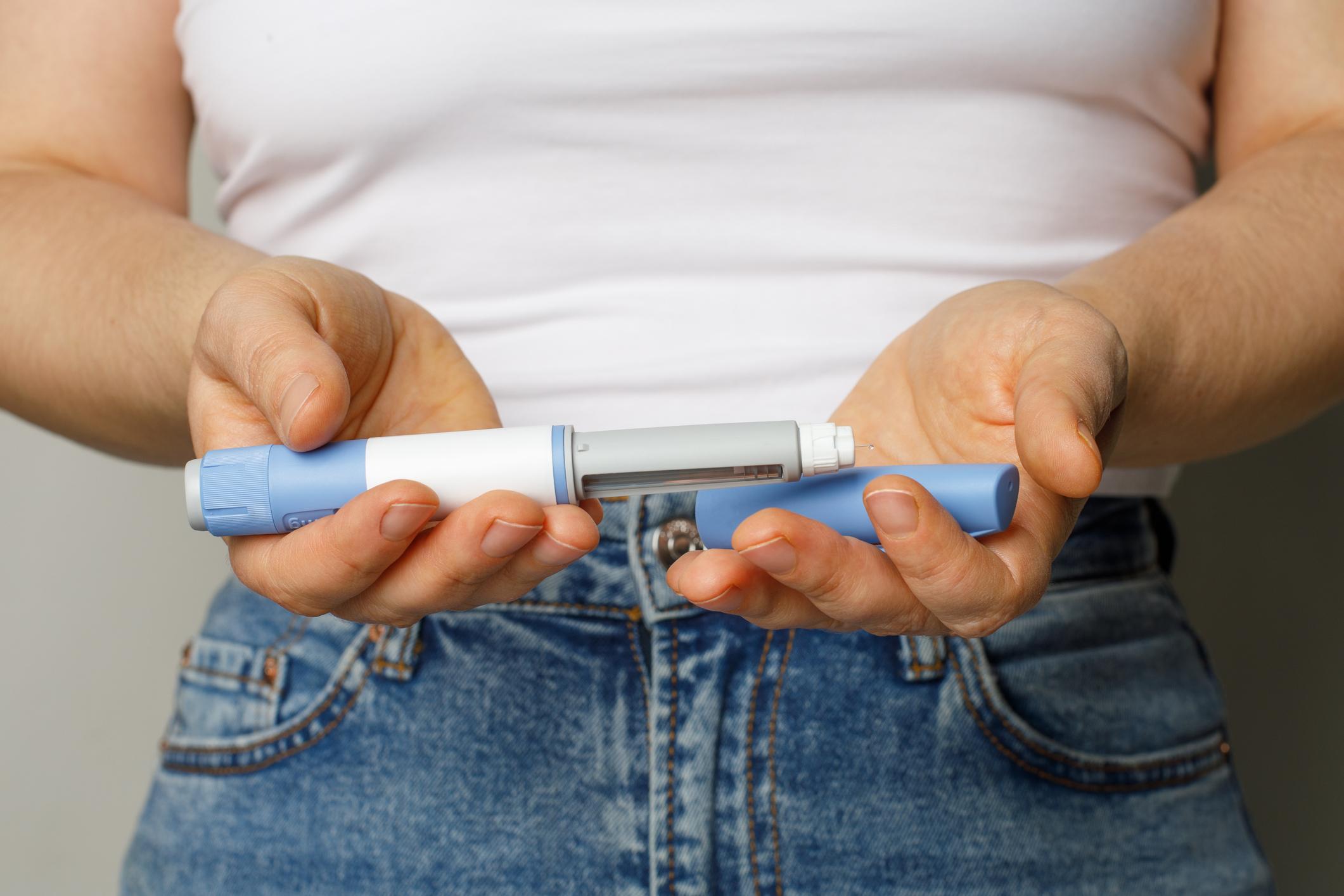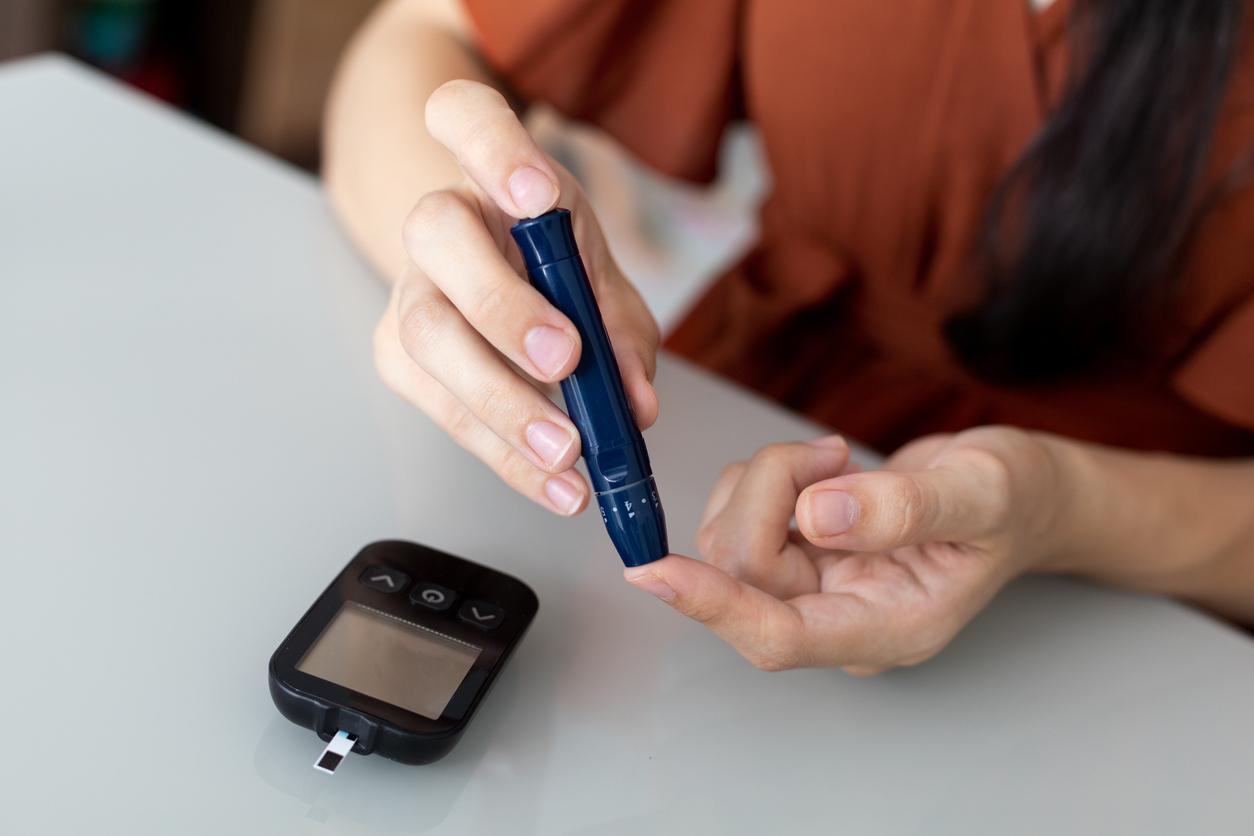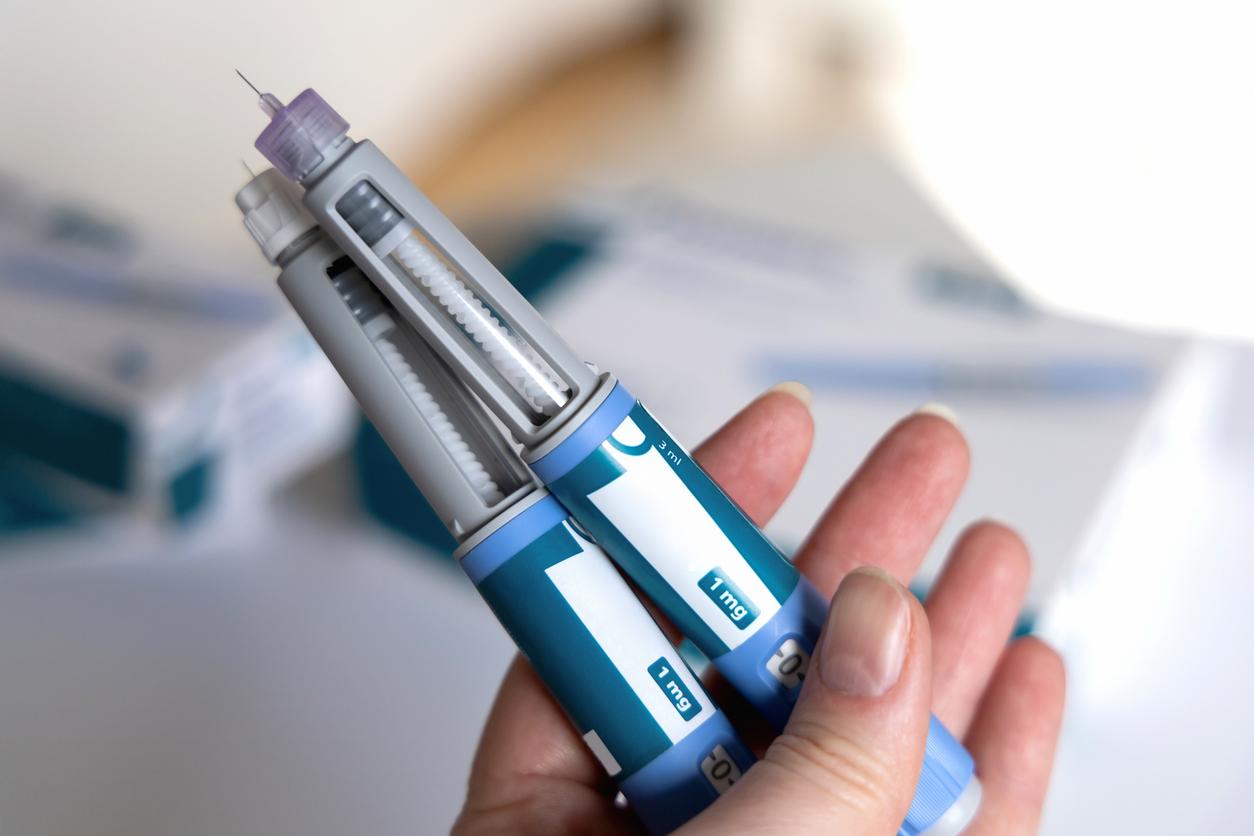It will soon be possible to detect and follow the evolution of cystic fibrosis, diabetes and other diseases thanks to a technology integrated in a connected watch.
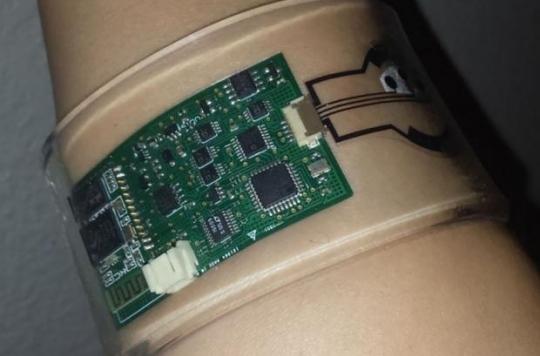
Our sweat holds vital information about our state of health. Thanks to a bracelet capable of collecting and analyzing this body fluid, researchers at Stanford University and Berkely (United States) hope to revolutionize the diagnosis of cystic fibrosis, diabetes and many other diseases. They publish their work in the prestigious scientific journal PNAS.
Like the sweat tests currently used, this sensor measures the concentration of certain molecules. For cystic fibrosis, current tests measure chloride ions reflecting the salt concentration. Indeed, excess salt is a biomarker of this lung disease known for centuries. In the Middle Ages, it was nicknamed “salty kiss disease”.
A less restrictive method
But the originality of this new test developed by this American team is that the sensor positioned on the surface of the skin detects the molecules of interest according to their electric charge. Thus, the more the sweat contains chloride ions for example, the more the microprocessors of the sensor register an electrical activity. The patch can also measure the concentration of glucose in sweat to detect diabetes or monitor its progress, the study authors explain.
For Carlos Milla, professor of pediatrics at Stanford University and one of the coordinators of the work, this new method is faster and less restrictive than current tests. Today, to collect the sweat of patients, it is necessary to stimulate the production of this fluid with small electrodes. They must therefore remain motionless for at least 30 minutes. A somewhat long exam for young children.
With the bracelet, these electrodes are no longer needed since it stimulates sweat production and analysis at the same time. The results are then sent to the smartphone and shared with specialized centers. Ease of use that would improve access to healthcare for populations living in countries where the health system is underdeveloped.
A step towards personalized medicine
And researchers are going further. They explain that their device would identify the most effective treatments for each individual. “In our testing, we noted that participants had different sweat profiles, which means we need to calibrate it for each person,” says Sam Emaminejad, assistant professor of electrical engineering at UC Berkeley. Once these parameters are correctly recorded in the bracelet, it is possible to notice changes in the state of health of the users ”.
Researchers are preparing to launch large clinical trials to test the reproducibility of these measurements in the same person. “Under the same conditions and with the same person, will we have the same data? »Asks Ronald Davis.
Another challenge for this team: to discover other biomarkers in sweat that could help in the diagnosis or in the monitoring of other diseases. Ultimately, researchers want to integrate their technology into bracelets or connected watches.
.








